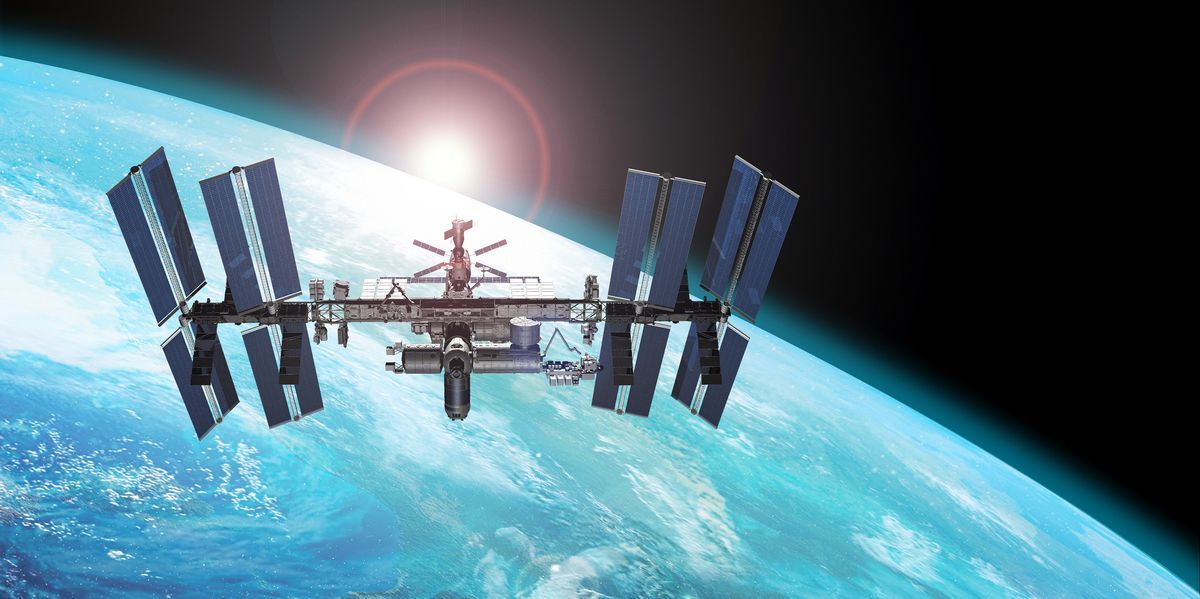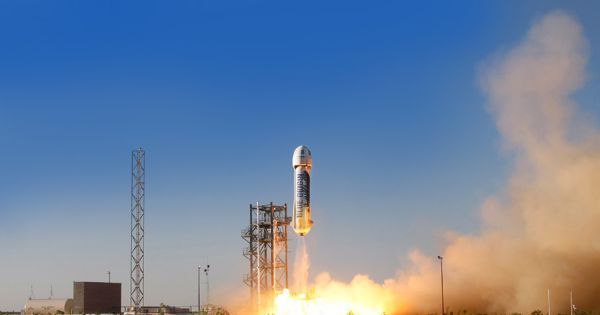A high-energy survey of the early Universe, an infrared observatory to study the formation of stars, planets and galaxies, and a Venus orbiter are to be considered for ESA’s fifth medium class mission in its Cosmic Vision science programme, with a planned launch date in 2032.
The three candidates, the Transient High Energy Sky and Early Universe Surveyor (Theseus), the SPace Infrared telescope for Cosmology and Astrophysics (Spica), and the EnVision mission to Venus were selected from 25 proposals put forward by the scientific community.
Theseus, Spica and EnVision will be studied in parallel and a final decision is expected in 2021.







